A Landmark Victory for Peace in Hawai’i’s Sacred Mākua Valley
The U.S. Army is formally ending live-fire training in Mākua Valley – a critical step towards restoring peace to a spiritual refuge ravaged by a century of militarization.
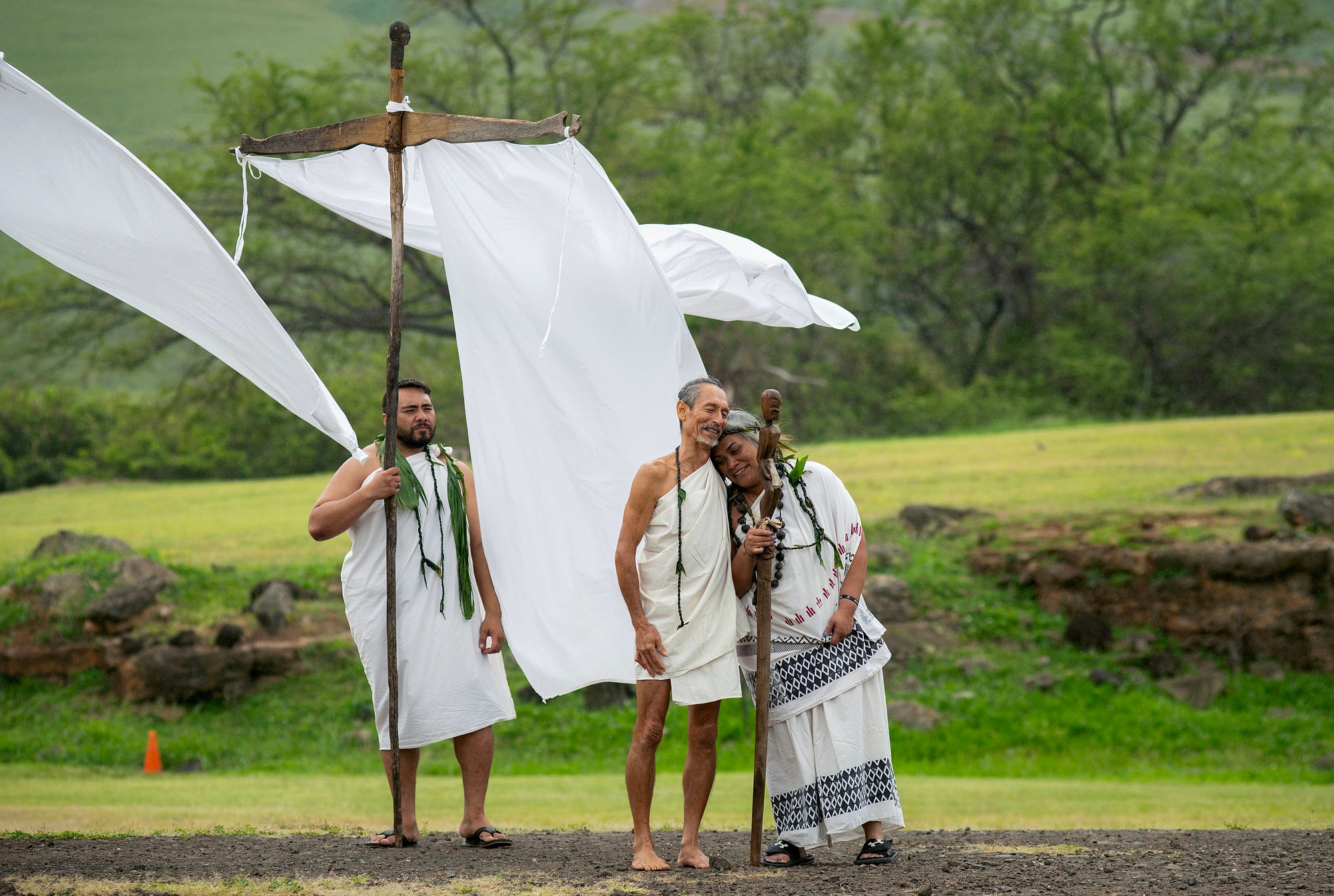
This page was published a year ago. Find the latest on Earthjustice’s work.
Hawai’i’s Mākua Valley on O’ahu’s western shore is revered for more than just its scenic beauty: for some Native Hawaiians, Mākua is the birthplace of all mankind. But for nearly 80 years, this sacred island enclave has been under a U.S. military occupation that has restricted the community’s access to the land, desecrated its cultural sites, and destroyed sensitive ecological habitat with wildfires, bombs, and bullets.
Now — after Earthjustice took the Army to court several times on behalf of community advocates starting in 1998 followed by more than two decades of foot dragging by the military — the U.S. Army has finally announced it will formally end live-fire training in Makua Valley.
The announcement is a landmark, hard-fought victory for Mālama Mākua, a Native Hawaiian-led community advocacy organization that sued the Army 25 years ago to end its destructive practices. “The valley is where Papa (Earth mother) and Wākea (sky father) created human life,” explains Sparky Rodrigues, board member of Mālama Mākua.
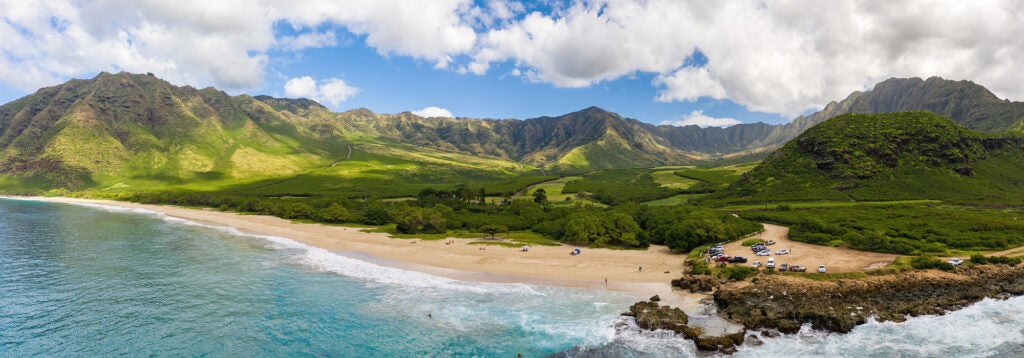
Mākua beach and valley on the west coast of O‘ahu, Hawai‘i. (Backyard Production / Getty Images)
Home to over forty endangered and threatened plant and animal species, including the sacred Pueo, or Hawaiian Owl, and numerous ancient heiau (temples) and koa (fishing shrines), Mākua is a rich tapestry of Native Hawaiian sacred sites, myths, and traditions. “The valley is the center of peace”, says Rodrigues. “It is a refuge for us to reconnect with our ancestors, where we can find solace and opportunity for reflection.”
The United States Army seized control of Mākua for military training in 1941 following the attack on Pearl Harbor, evicting local families who had lived there for generations. The Army promised those families that their lands would be returned to them six months after the end of World War II. It has been nearly 80 years, and the Army still occupies that land.
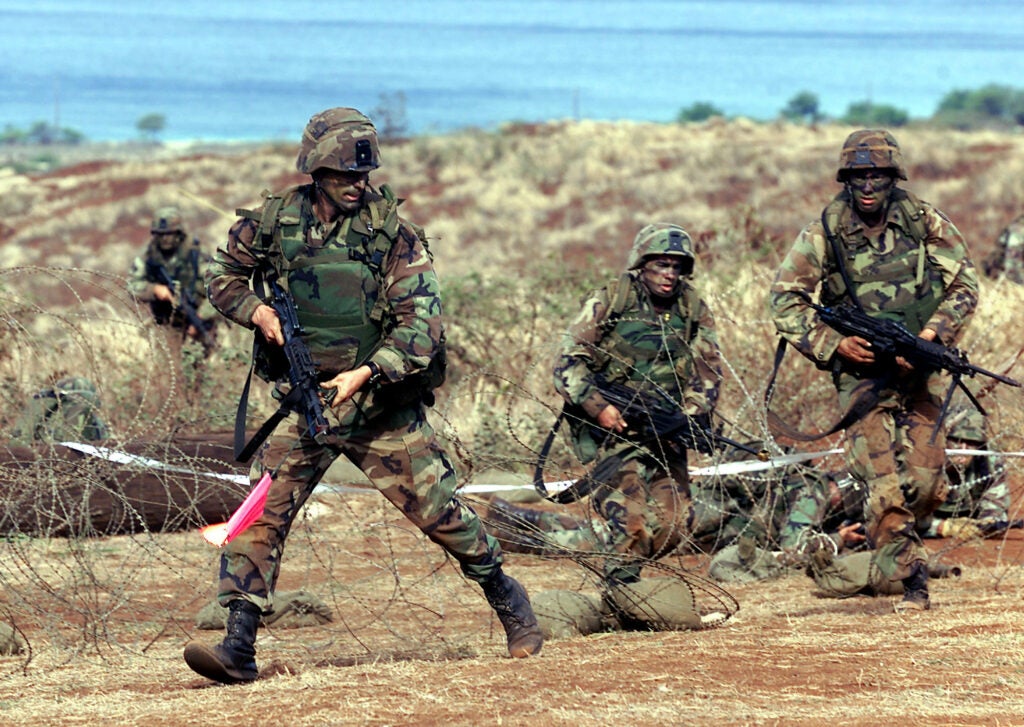
Soldiers from the Schofield Barracks participate in military exercises at the Mākua Military Reservation in 2001. (Ronen Zilberman / AP)
Since 1964, the Army has leased the 780 acres of the Makua Valley shore from the State of Hawai’i for the Makua Military Reservation (MMR) – for which it paid only $1. (Whether or not they even paid that dollar, notes Rodrigues, is unknown.)
That lease ends on August 16, 2029, marking nearly a century of continued U.S. military occupation on traditionally Native Hawaiian lands. Today many community members, Rodrigues says, have developed cancer and a host of other cognitive, nerve, and respiratory health issues. He believes this is linked to chronic contamination from military chemicals.
Earthjustice’s 1998 lawsuit demanded that the Army comply with the National Environmental Policy Act (NEPA) and consider alternative training locations and methods that are less harmful to the environment, cultural sites, and public health.
“When we initially filed suit, the conventional wisdom was that live-fire training at Mākua was essential for national security and would go on forever,” explains Earthjustice attorney David Henkin.
That changed in 2001 when the documented toll on sacred sites and imperiled species from live-fire training at Mākua convinced the Hawai‘i district court to issue a breakthrough preliminary injunction that prohibited the Army from conducting training at MMR while the case was being litigated. Later that year, Malama Makua and the Army reached a court-ordered settlement that required the Army to prepare an environmental impact statement (EIS) for any military training at MMR. The settlement permitted a limited number of live-fire exercises for the first three years of the agreement. However, if the Army failed to finalize the EIS within three years, it was prohibited from continuing any live-fire training until it did so. The Army never completed the EIS, and it’s been 20 years since it last fired a bullet at MMR.
“To the best of my knowledge, this was the first time a federal court had ever enjoined military training based on violations of an environmental law,” says Henkin.
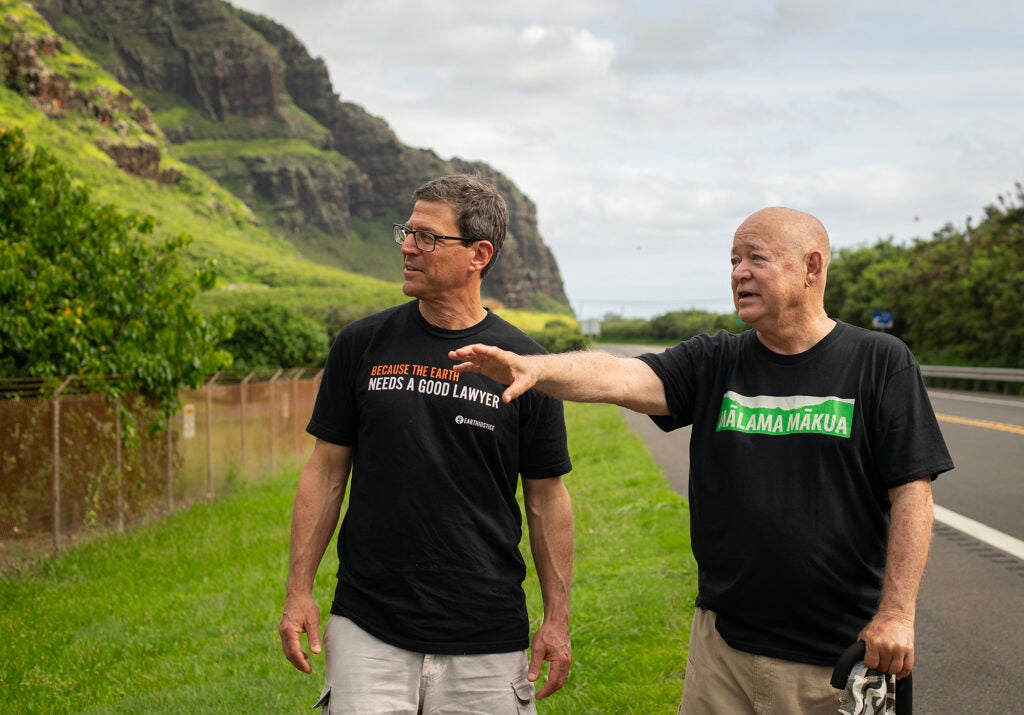
Earthjustice attorney David Henkin, left, talks with Sparky Rodrigues, a board member of Mālama Mākua, outside of Mākua Valley. (Elyse Butler for Earthjustice)
Throughout the years, the Army has sought to resume live-fire training at any moment, leaving the community in perpetual fear and uncertainty.
That changed this past winter when United States Secretary of Defense Lloyd Austin and Secretary of the U.S. Army Christine Wormuth announced that the Army would never again use Mākua Valley for live fire training.
In the quarter-century since it first sued the Army, Mālama Mākua’s vision has never wavered: end the military occupation, revitalize the valley’s damaged ecosystems and cultural sites, and return the dispossessed lands to the Native Hawaiian community.
What has evolved over time is the relationship between Mālama Mākua and the army officers they’ve lived alongside.
“At first, it was difficult to view them as anything other than the enemy,” Rodrigues says. “But meeting them with anger and hostility got us nowhere. It was only once we considered our relationship through the perspective of Mākua (which translates to parent) that it became clear: the Army is not the enemy – they are simply members of our great ‘ohana (family) that are behaving selfishly and without an appreciation for the sanctity of the land we share.”
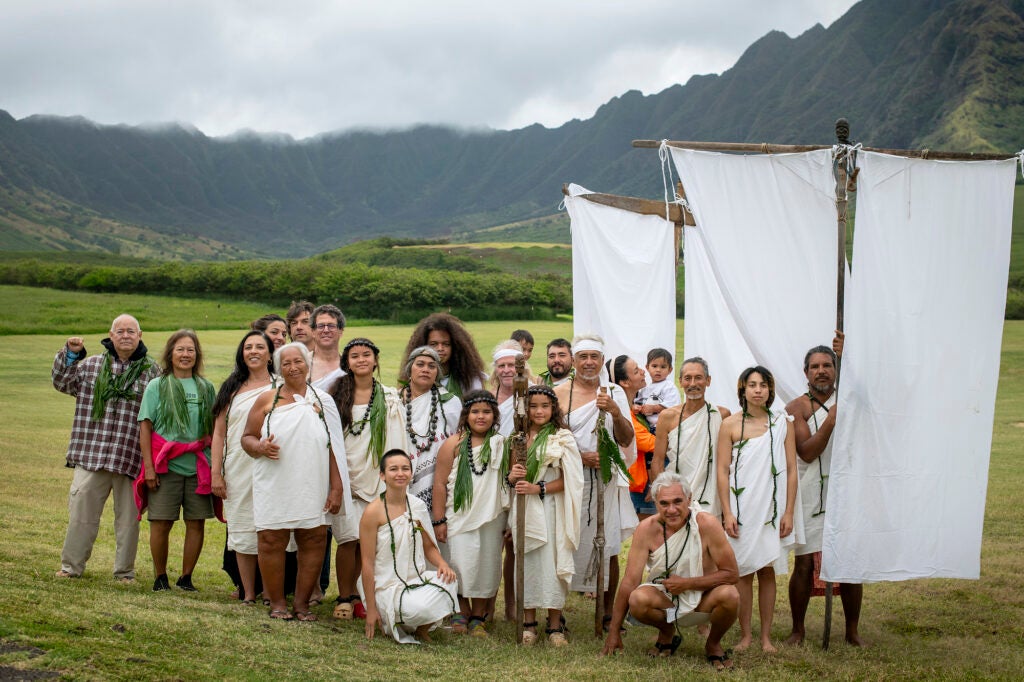
Members of Mālama Mākua and other community members photographed at the ceremony of the closing of the Makahiki in Mākua in March, 2024. (Elyse Butler for Earthjustice)
Mālama Mākua began educating the commanding officers about the valley’s cultural significance as a refuge for healing, the vital role its forests play in supporting biodiversity, and the devastating impacts the military’s operations have inflicted upon the land and the health of its people.
“We explained to them that you cannot play war in the center of peace,” Rodrigues reflects.
The 2001 settlement between the Army and Mālama Mākua also included the restoration of cultural access to sacred sites in Mākua Valley. After the Army abruptly cut off this access in 2014, Earthjustice returned to court on behalf of Mālama Mākua in 2016 to win it back.
The re-establishment of cultural access has catalyzed Mālama Mākua’s larger public education and restoration effort, including extensive work to assess contamination levels in the valley’s land, water, and air. As more sites become accessible again, Mālama Mākua hopes to deepen the Native community’s cultural literacy while empowering residents with tools and resources to revitalize their “piko (navel) of peace.”
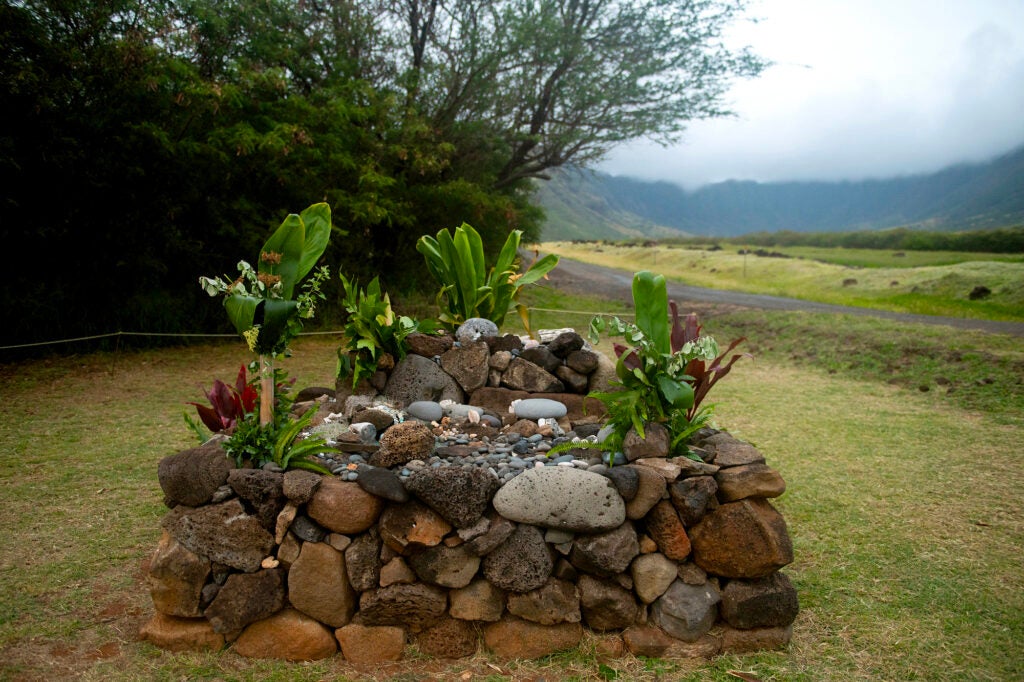
The ahu before the ceremony of the closing of the Makahiki in Mākua in March, 2024. It is one of dozens of sacred and cultural sites in the Mākua, Kahanahāiki, and Ko‘iahi valleys. (Elyse Butler for Earthjustice)
While he recognizes the enormity of the Army’s decision to permanently end live-fire training in the valley, Rodrigues remains cautious. “There is no guarantee that the U.S. government will stick to its word,” he says.
Earthjustice continues to advocate on behalf of Mālama Mākua for the State of Hawai’i to refuse to renew the Army’s lease for MMR when it expires in 2029. In the 20 years since the Army last conducted live-fire exercises, it has fought wars in Afghanistan and Iraq proving that MMR is no longer necessary. Until the Army finally honors its promise to clean up and fully return the land, the fight for restorative justice in Mākua continues.
Established in 1988, Earthjustice's Mid-Pacific Office, located in Honolulu, Hawaiʻi, works on a broad range of environmental and community health issues, including to ensure water is a public trust and to achieve a cleaner energy future.